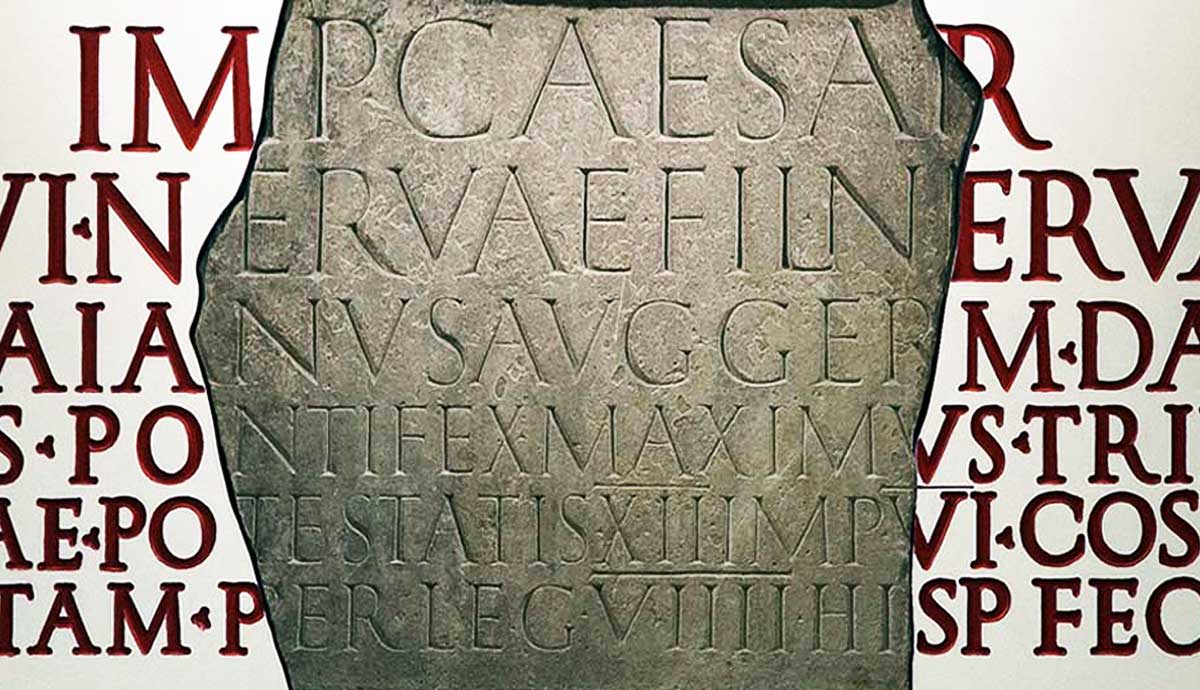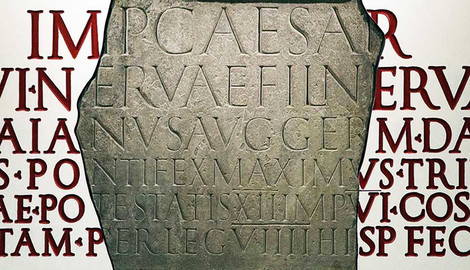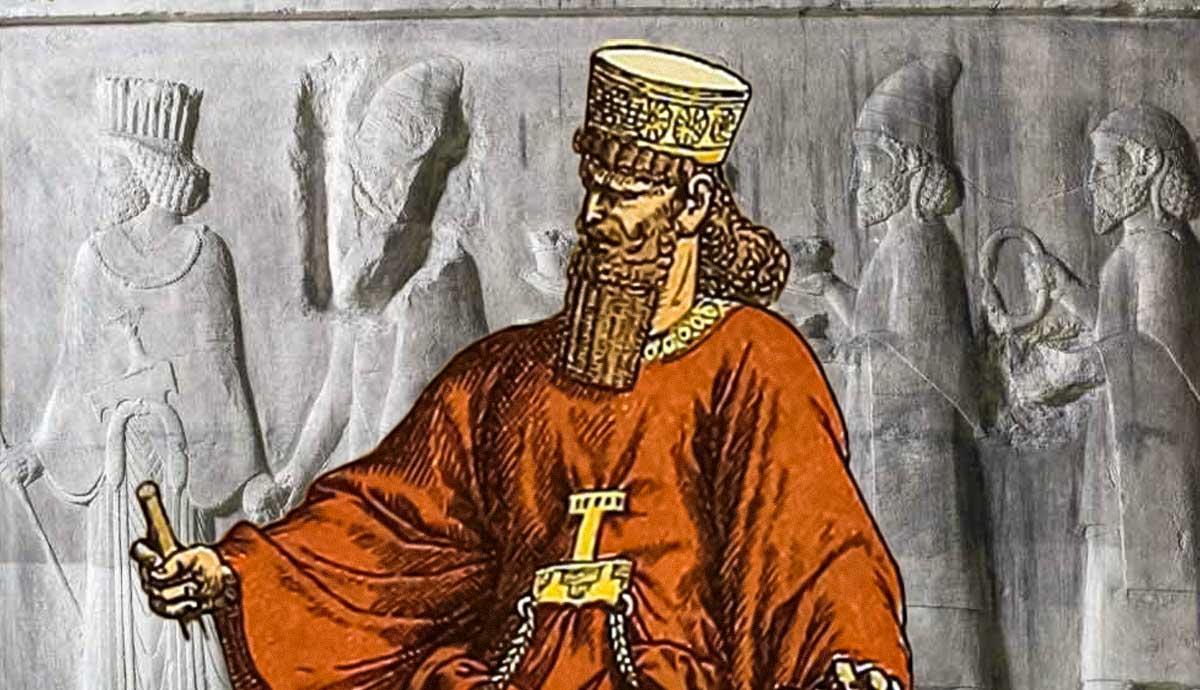
From the strange disappearance of the ninth legion to the unknown substances that made up Roman concrete, we take a closer look at a series of Rome’s greatest mysteries, which are largely unknown at the time of publication.
The Ninth Legion

One of the more famous Roman Legions is Legio IX Hispania, more for the lack of evidence as to its eventual fate than any of its exploits. While its origins are generally unknown, it did participate in the conquest of Hispana (modern-day Spain), earning the “Hispania” as part of its title. It was also involved in various campaigns in Germania.
In 43 CE, Roman Emperor Claudius invaded Britain, and Legio IX was involved. It would go on to take part in both victories and defeats in Britain, and is last recorded there at its fortress in York in 108 CE. For a long time, it was speculated that Legio IX was utterly defeated at some point in Britain before 197 CE, as it is absent from listings of Roman legions at that point. Some minor inscriptions mentioning the Legion have surfaced in other places, but it is largely absent from records, and even if it was not wiped out in England in the early 100s CE, something similar happened to it elsewhere.
The Secret Behind Roman Concrete

Some Roman structures, such as the Pantheon in Rome completed around 125 CE, were constructed from a concrete mixture that until modern times has remained somewhat of a mystery in its composition. The concrete has been extremely durable, with little wear showing on some of the structures in use. Some recent discoveries have shown that a mixture of volcanic ash with quicklime, using a specific hot mixing process, may have produced the incredibly durable concrete material used in so much Roman construction.
Mithraism: A Mystery Religion

Mithraism was a Roman mystery religion which appeared about the same time as Christianity. Little is known about the practices of the religion, as it was intensely secretive with no written records existing. Only some carvings and statues exist along with references from non-Mithraic sources. It was unlikely to be related to the Persian religion of a similar name.
As it was in competition with the more public and fast-spreading Christianity, Mithraism eventually died out as Christianity gained political power, particularly following Constantine the Great and the Edict of Milan in 313 CE. As the religion left no records, little to nothing was able to be passed on or left behind by its practitioners for others to discover and recreate, leaving its reputation to be written by its opponents.
How Did Rome Actually Begin?

Possibly the greatest mystery about Rome is its actual founding. Separating fact from fiction regarding the founding of Rome has shown some difficulty as well. The myth is Rome was begun by Romulus on the Palatine Hill after his murder of his twin, Remus around 750 BCE. What is known is that the area around Rome was inhabited since prehistorical times, at least since 5000 BCE, as the location was conducive for defense, trade, and agriculture.
The first wall is dated to the 700s BCE, not long after the dates given for the mythological founding. What is likely is that the various groups that settled on the hills of Rome formed a general alliance, and eventually consolidated together under a more central government. Whether or not Romulus was the leader of that government, or a similar figure with a similar story, is unlikely to ever be discovered.










